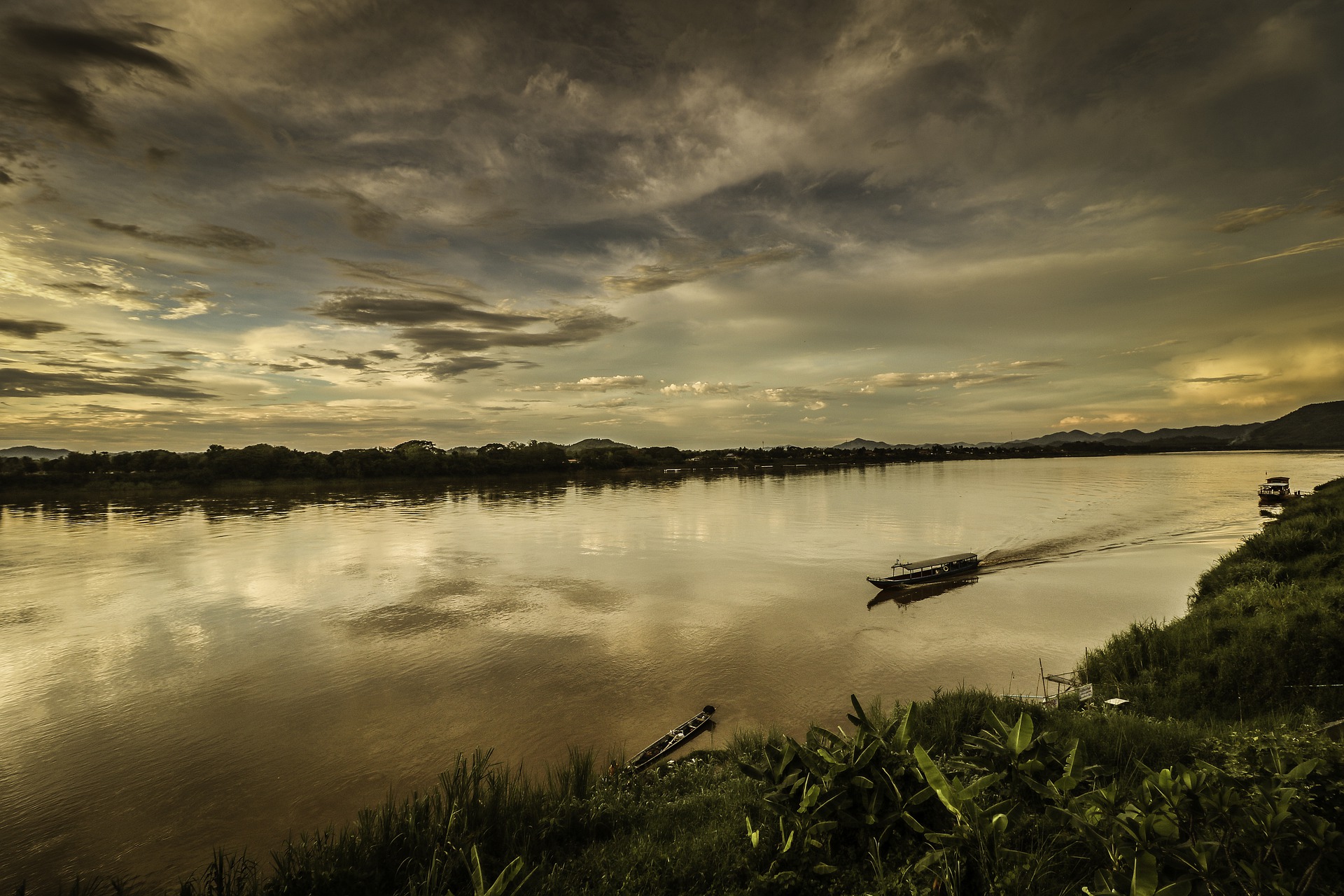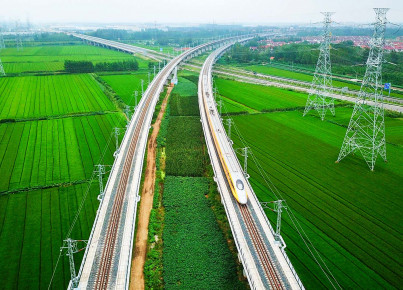The Mekong is one of the most important rivers in Southeast Asia and the one with the greatest environmental, economic and geopolitical significance. The Mekong is a vast ecosystem with very rich biodiversity that must be protected to combat climate change. It also has an economic value as the main waterway: the river provides large quantities of fish and contributes to the irrigation of vast rice fields, enabling over 60 million people to live off it.
The river originates in China (where it is called Lacang), for a long stretch it crosses it before marking the border with Myanmar and entering Laos, where it is shared with Thailand, and after flowing through Cambodia ends its journey in a wide delta near Ho Chi Minh City in Vietnam. The river then reaches, in addition to China, five ASEAN countries: Myanmar, Laos, Thailand, Cambodia and Vietnam. Since the river crosses several states, it is at the centre of various geopolitical interests. In this regard, it should be remembered that for several years now, China has been pursuing a policy in Southeast Asia aimed at binding the continental countries of the area more closely to itself, based on the construction of infrastructures in exchange for political support at an international level. This policy, with the sole exception of Vietnam, is succeeding in Myanmar, Laos, Thailand and Cambodia. The latter has so favoured Chinese investments that it has been repeatedly accused of becoming a "client state" of Beijing - in fact during its presidency of ASEAN in 2012 - it supported Chinese positions in the South China Sea to the detriment of those of other ASEAN countries.
The Mekong is at the centre of this Chinese penetration strategy and several dams are among the most important infrastructures being planned or under construction. In this case, it can be said that the geopolitical, economic and environmental elements are inextricably linked: when China decided to build 11 dams in its stretch of river, it alarmed the countries downstream because by controlling their sources and thus indirectly the flow of water, it could hold them in check, with potential limitations in the flow of water in case of diplomatic tensions. In addition, China has also favoured the planning of other dams in Laotian and Cambodian territory, which some consider being a strategy of exchanging infrastructure for political support. Precisely, the dams are at the centre of the environmental debate as they could be the cause of the continuous drop in the river level and the resulting droughts (of which the worst occurred in 2019), which could ultimately undermine the productivity of large rice fields and therefore lead to the impoverishment of the communities that live thanks to the river.
Vietnam, during its ASEAN chairmanship in 2020, tried to raise the issue of river management and make it fully part of the ASEAN agenda. Malaysia, Singapore, the Philippines and Brunei are also interested in the fate of the river as they are major importers of rice produced by the Mekong countries. Currently, there are already two frameworks that seek to promote regional management of the Mekong with different objectives: the Chinese-led Lancang Mekong Cooperation, established in 2016, which aims to facilitate the flow of water from China by building dams, and the US-backed Mekong-US Partnership, established in 2020, which seeks to promote sustainable development in the region. From these two frameworks, it is clear that broader geopolitical interests that overwhelm the ASEAN states are at stake.
The Mekong, as highlighted, has its multifaceted importance for Southeast Asia and if ASEAN takes on the task of managing the problems related to the river, it will at the same time contribute to both strengthening its own regional integration and limiting Chinese influence in the area. It will also contribute to the environmental protection of a large area and ultimately to the fight against climate change. The greatest risk for the moment is that the river will become a second hotspot for relations between ASEAN and China (and also the USA) after the South China Sea.






